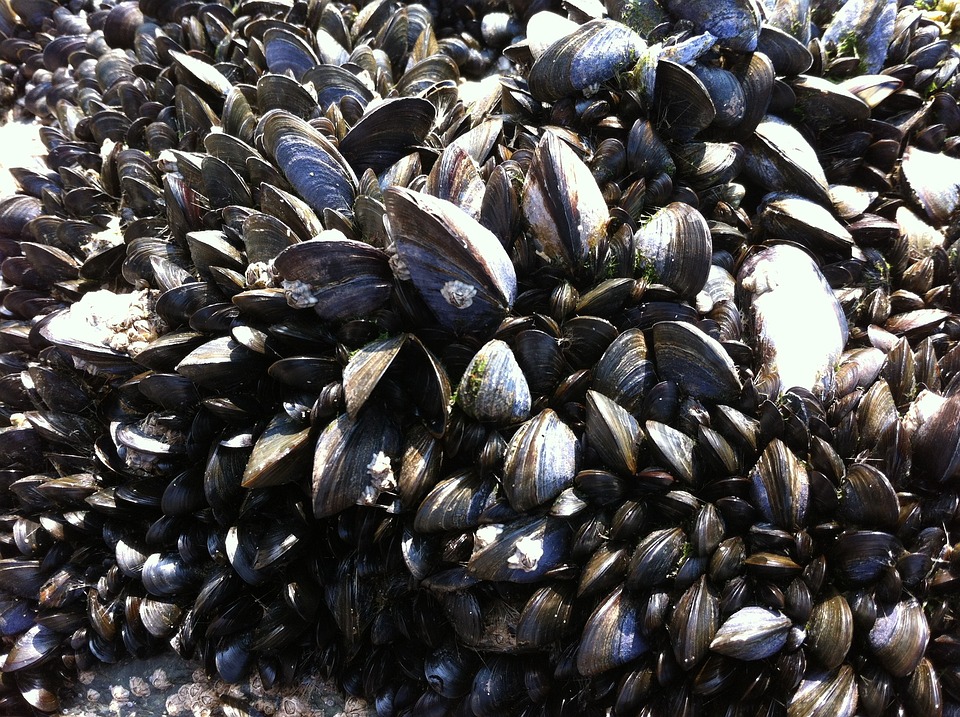What is not used in marine animals can be used as raw material for scientists to develop more environmentally friendly batteries. And the first steps are already being taken in the Analytical Chemistry laboratories of the Faculty of Sciences of the University of Porto (FCUP) to make this happen.
From the Marine Research Institute (IIM‐CSIC), in Vigo, marine waste materials arrive at FCUP and with them, in the laboratory of the Research Center in Chemistry of the University of Porto (CIQUP), researchers carry out a carbonization process and arrive to carbon materials.
In Ana Teresa Brandão's doctoral work in Chemistry, the carbon derives from the burning of glycogen that is isolated from the wastewater from cooking the mussels.
By characterizing these materials, they concluded that they have high potential for application in electrodes for capacitors, a more sustainable energy storage device used on a daily basis in equipment with motors such as washing machines and also in mobile phones.
“Our goal is to get as close as possible to the potential of capacitors on the market, namely those used in the automotive industry. We intend to create a compost that stores energy as green as possible and that's why we are using a material obtained from waste”, he explains.
Three times more energy storage capacity
Last year, this young researcher won a grant that allowed her to work for two weeks at the Center for Surface Science and Nanotechnology at the Polytechnic University of Bucharest, in Romania, specialists in the application of electrochemistry, and optimize the results of her research.
The scholarship was awarded to the student within the framework of the European Academy of Surface Technology (EAST) under the program “The Schwäbisch Gmünd Scientific Exchange Grant”.
During his stay in Bucharest, he decorated the electrode with metallic nanoparticles and titanium dioxide and performed its electrochemical characterization.
“We reached the conclusion that, by joining metallic nanoparticles and amorphous titanium dioxide, there is a much greater energy effect, as they are materials with a high surface area, which increases the capacity for energy storage”, he says.
“Carbon materials with gold nanoparticles and titanium dioxide particles have three times more energy storage capacity than materials with only carbon”, he adds.
But researchers don't stop there. They also intend that these batteries are also safer by replacing an electrolyte, a material that conducts electricity, in a liquid state, for a solid electrolyte.
“Batteries usually contain liquid materials – such as electrolytes – which is why a battery “drools”, explains Ana Teresa Brandão.




















Comments